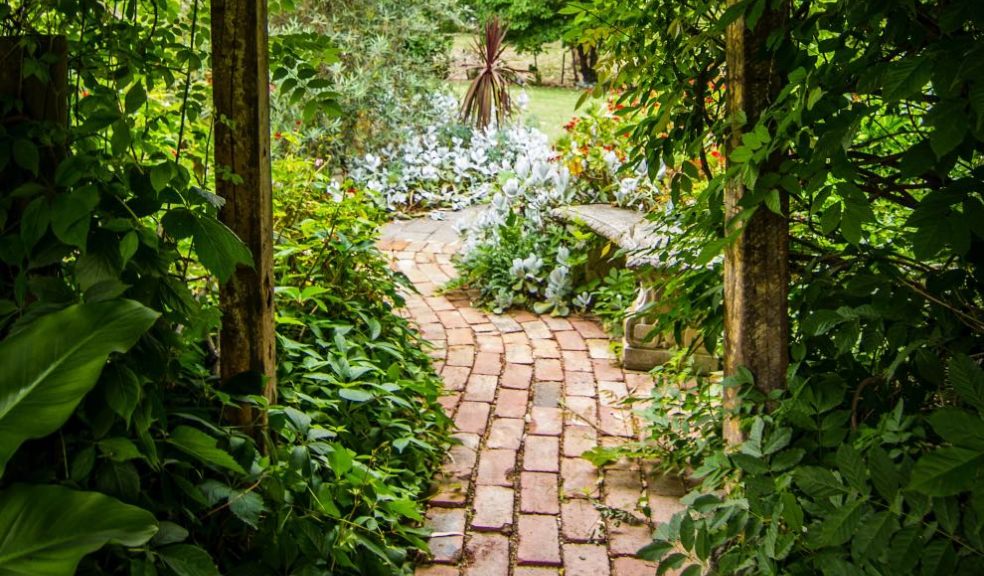
DIY Backyard Pavers You Can Do During Lockdown
Due to the pandemic, every non-essential services are on hold due to the lockdown. In most places, companies and services that can operate are the ones dealing with people's primary needs, such as medicine and food. If you were planning to do a construction job, sadly, you won't be able to hire any contractors.
While getting workers is impossible, it does not mean you can't do any construction projects. A lot of the work that you think requires contractors is actually possible by doing it yourself. One of which is doing pavers for your garden.
How to Build a Patio Paver
Making your very own backyard paver is possible. However, you will need some of the necessary tools and how-to knowledge. This will also serve as a background work for creating a good layout for composite decking installation. Here are the steps on how to do it.
- Layout the Garden. First, you will need to set a perimeter of the area that you want to build the backyard paver. You can use some stakes and strings to make sure your lines are straight. Use spray paint to mark the borders.
- Determine the Patio Height. You should know how high your patio pavement will be. Keep in mind the height of the paving stones that you will be using. Remember to keep a six-inch allowance for the gravel and sand.
- Dig, Dig, Dig. Dig the designated area. Firmly tamp the ground to flatten and level it.
- Protect the area with some landscape fabric. Once excavated and tamped, cover the area with durable landscape fabric. It's crucial to cover the entire space fully. It will protect the paver from weeds, water drainage problems, and possible erosion.
- Fill with Gravel and Sand. Next, you want to fill the area with four inches of gravel. Make sure that it's levelled. Finally, add the layer of sand. Use a tamper to compress and level the ground.
- Add some edging. Before laying out the stone pavers, make sure to layout the edging. It helps prevent the paver from eroding and creeping into the softer surrounding ground. You can either use plastic or metal edging.
- Layout the Pavers. Finally, place the stone pavers and gently secure it with a little force. You can look at various arrangement patterns to get excellent ideas on how to arrange them.
Alternative Materials You Can Use as a Paver
Building a backyard paver by yourself is doable with only a few tools. But what if you don't have a lot of materials available? Here are some simpler alternatives that you can do.
- Try Concrete. Another alternative to the traditional backyard paver is using poured concrete. It's one of the easier alternatives out there. However, some types of pavers are cheaper. It will also be harder to remove it just in case you want to redesign or re-pave your backyard.
- Gravel Paver. If you don't have enough materials, you can use gravel instead. You will only need to dig the area and fill it with some gravel and tamp it. Not only is it cheaper, but it is also less prone to drainage problems. Like the usual, you do need to set up some edging so that the ground won't budge.
- Recycled Materials. If you want to be economical, you can make use of some materials to form the paver. Some of the things that you can use are broken tiles and fragments of old stone bricks. With these, you can create a unique design by placing them like a mosaic.
- Homemade Pavers. If you have no access to commercial stone pavers, it's best to make one for yourself. For this, you will need a mould, some concrete mix, and some decorative pieces if you want. First, spray the mould with a non-stick spray. Then, pour the concrete mix on it while removing extra moisture with some paper towels or cloths. You can also customize the paver with various designs. Take it out once it dries.
Your Backyard is now Ready
Now that your backyard paver is done, you now do more to your yard. You can enjoy it as it is, or you can do more projects. For instance, the paver you just made will be a good foundation for composite decking. With it, you can create beautiful decks and patios.














